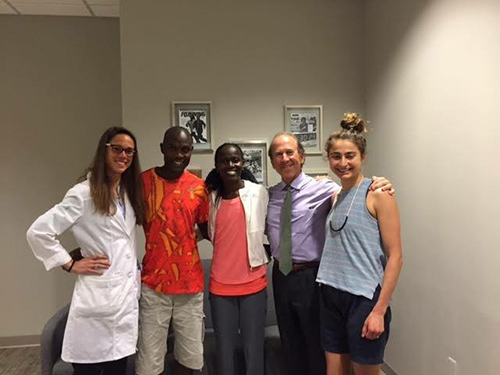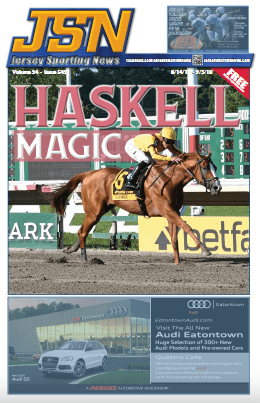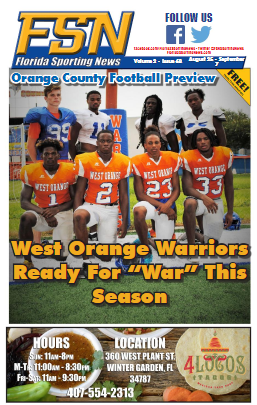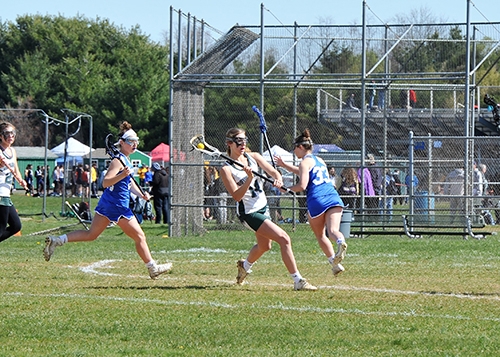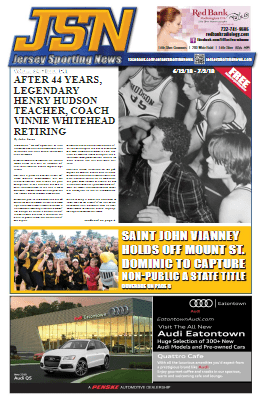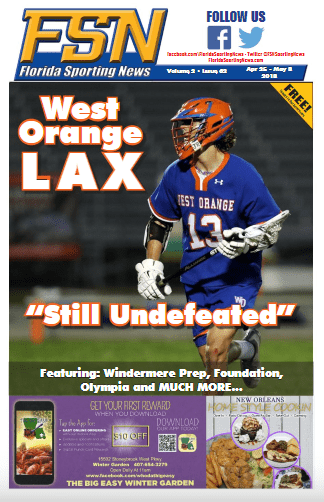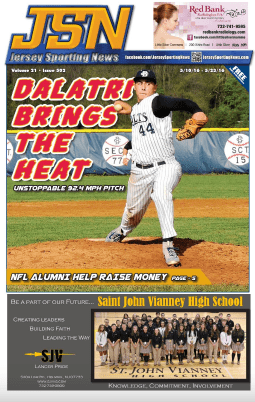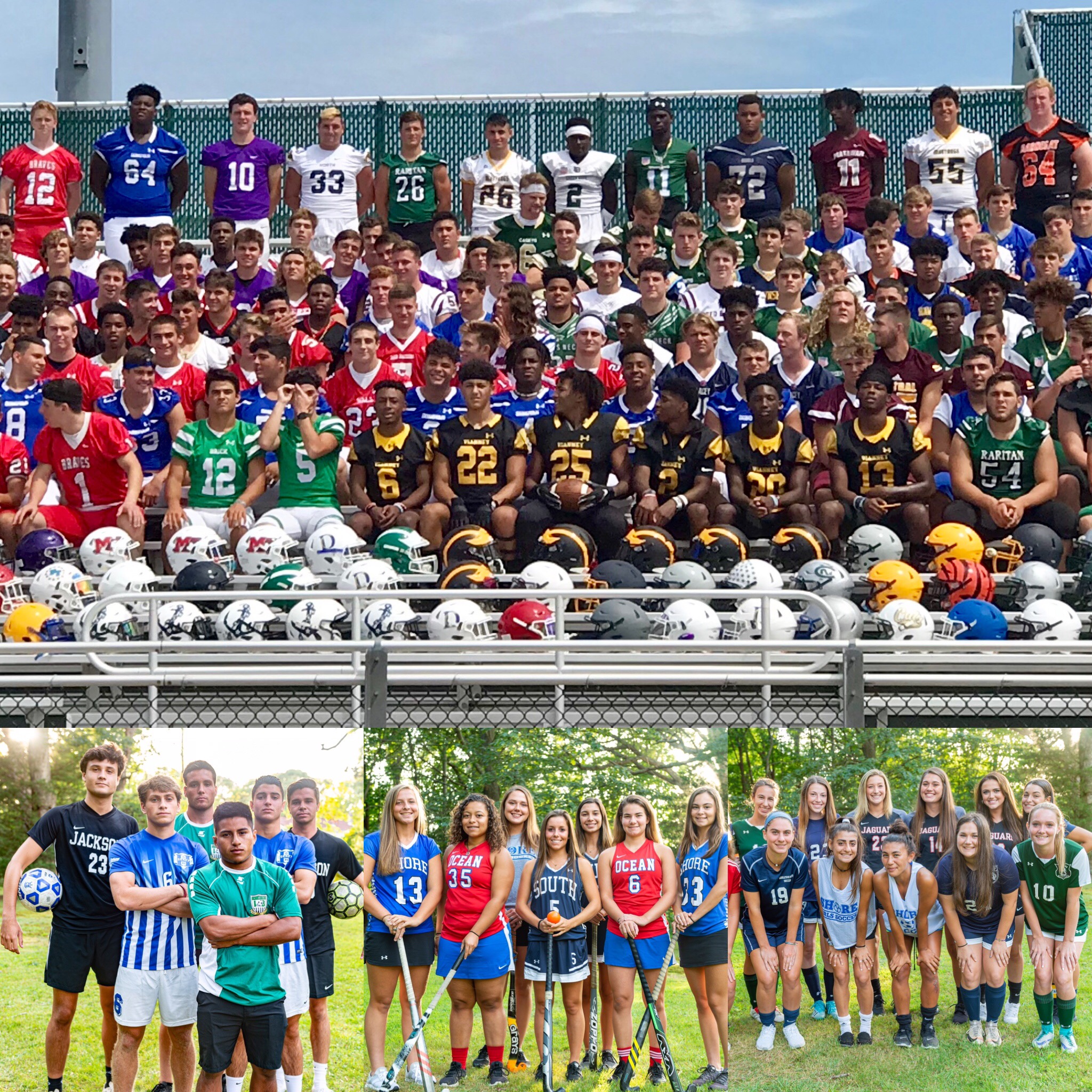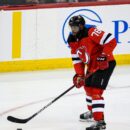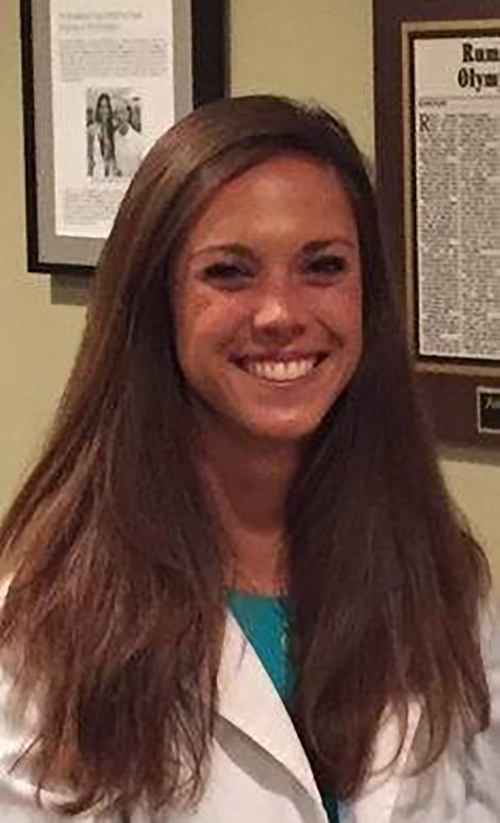
With the ever increasing participation in year round sports in today’s youth, concerned parents arrive to the office on a daily basis with their aching children, complaining of heel, knee, or hip pain. While it may be disconcerting, it is often a very recognizable, benign, and treatable condition.
Growing children are unfortunately at risk for developing injuries unique to their maturing body. With overuse, they can develop an entity called apophysitis. An apophysis is the site of a major tendon insertion into bone, and, in the adolescent, this attachment is a growth plate. Simply, apophysitis is inflammation of this growth plate. While multifactorial, this is caused by repetitive trauma and the muscle and tendon imbalance created during the growth of child. Bones grow faster than the muscles, tendons, and ligaments and this causes tightness and inflexibility. The inflexibility causes pulling forces to be highest at the weakest point, that being the growth plate. With the repetitive trauma of sports that involve extensive running and jumping, this causes swelling, pain, redness, and warmth to the site.
A brief description of the tendons and bones involved at the heel, knee, and hip is described.
Calcaneal apophysitis, otherwise known as Sever’s disease, is inflammation of the site of the Achilles tendon insertion into the calcaneus (heel bone). It is the second most common apophyseal injury and presents in girls ages 8-10 and boys ages 10-13. The child may have a flat or high arched foot. Soccer and running are the most commonly implicated sports. Prior to informing parents of the problem, the child may start to walk on their toes, begin to limp, and shy away from more ‘playing time.’ Diagnosis is confirmed through a simple heel squeeze test, whereby the parent or treating physician places the child’s heel between the palms of the hands and applies gentle compression from side to side. Elicited pain with this maneuver nearly guarantees this diagnosis.
Apophysitis of the knee is more commonly known as Osgood Schlatter. It is the site of the attachment of the patellar tendon into the leg bone (tibia) below the knee cap. It is the most common of the apophyseal injuries, accounting for 10% of all adolescent injuries. This condition more often is seen in boys ages 10-15. Just as with heel apophysitis, those sports involving repetitive running and jumping are implicated, including basketball, football, and soccer. Tenderness and swelling are present over the site of attachment and pain can be elicited by extension of the leg on the knee against resistance. A bony prominence is often palpated along with the inflamed insertion site.
While being less common, apophysitis of the hip can occur at multiple locations of major abdominal and hip muscle points of insertion or origination. These are very common in long distance runners. The most common sites include the front of the pelvis bone due to excessively tight hip flexor muscle of the sartorious and rectus femoris muscle which forms part of the quadriceps tendon. These muscles are responsible for lifting the knee up and hip forward. These athletes present with vague anterior or lateral hip pain. Excessive arm swing can also exacerbate symptoms.
Tenets of treatment involve treating both the symptoms and the cause.
As with other sporting injuries and with acute pain, ice and anti-inflammatories may help ease any swelling, warmth, and pain associated with the inflamed area. Many times, children can ‘play through’ this injury if caught in the initial stages. However, some form of relative or full rest in activity may be necessary to expedite return to full play, pain free. Night splints, in particular for heel pain, heel lifts, a stretching and strengthening program should be initiated in all forms of apophysitis to relieve the tension from the growth plate.
Having the child work on touching his or her toes in the seated or standing position with knees straight is a great way to both detect deficits in adequate stretch and teach the child how to stretch. For calcaneal apophysitis, the ‘runners’ stretch is another easy way to stretch the calf muscle. This is performed by standing facing a wall, placing arms against the wall with heels back on the ground and leaning forward. The stretch should be performed morning and night, holding the stretch for 30 seconds. A heel wedge may be purchased and used morning and night as the child brushes his or her teeth. This provides a scheduled time to perform a calf stretch for the always recommended two minutes of brushing.
Symptoms resolve usually within two weeks of this initial care. If symptoms persist, seeking professional care is recommended where other tests may be performed to ensure accurate diagnosis and also provide additional treatment modalities
A diagnostic ultrasound and radiographs can be taken to confirm the diagnosis. A flatfoot or extremely high arched foot may need a custom shoe insert to correct foot alignment and minimize forces placed on the growth plate. Physical therapy may be prescribed as well. Some may suggest cast immobilization.
While complete rest and offloading may be necessary, my philosophy is to minimize rest and maximize effective treatments. One modality in particular that has proven to be effective for a multitude of injuries, such as plantar fasciitis and Achilles tendonitis, is extracorporeal shockwave therapy. The device uses compressed air to send a projectile to a handpeice, converting stored energy to an acoustic pressure wave that is transmitted to the body via gel.
Studies have shown that growth plate injuries sustained by fractures may cause alteration in the growth of the bone and, therefore, use of the device has not been recommended over the open growth plates. Recent literature suggests the contrary, and, in fact, safe use of the therapy over growth plates. The study followed 14 patients with a mean age of 14 with recalcitrant Osgood Schlatter disease. Twelve of the 16 treated knees had near 100% resolution of their pain and no side effects or long-term growth complications were reported. (Loher et al). Researchers have also found no negative effect to growth plate or growing bones of shockwaves performed on the tibia of rabbits and have suggested the safe use of shockwaves on the skeletally immature. (Giusti et al).
Final Thoughts
Apophyseal injuries are unique to the growing adolescent and the most common injury to affect children active in sports, especially those involving repetitive running and jumping. The good news is they are very treatable conditions that once recognized, are overcome using simple treatment methods. Any pain persisting for 2-4 weeks despite home therapy is reason to seek consultation from a professional. Staying active is an important part of the treating philosophy at my practice and ESWT is an exciting modality effective and safe for various orthopedic conditions and is proving to expedite healing for our patients young and old.
For more information, contact Dr. Trotter at Podiatry Sports Medicine at 732-741-2300.
- 2023 JSN Awards Finalists Announced - December 18, 2023
- Sunil Sunder Raj Recaps Day One of State Football Finals With OnNJ (VIDEO) - November 27, 2023
- Mental Health and Exercise: Finding Balance in New Jersey's Fast-Paced Life - November 27, 2023

